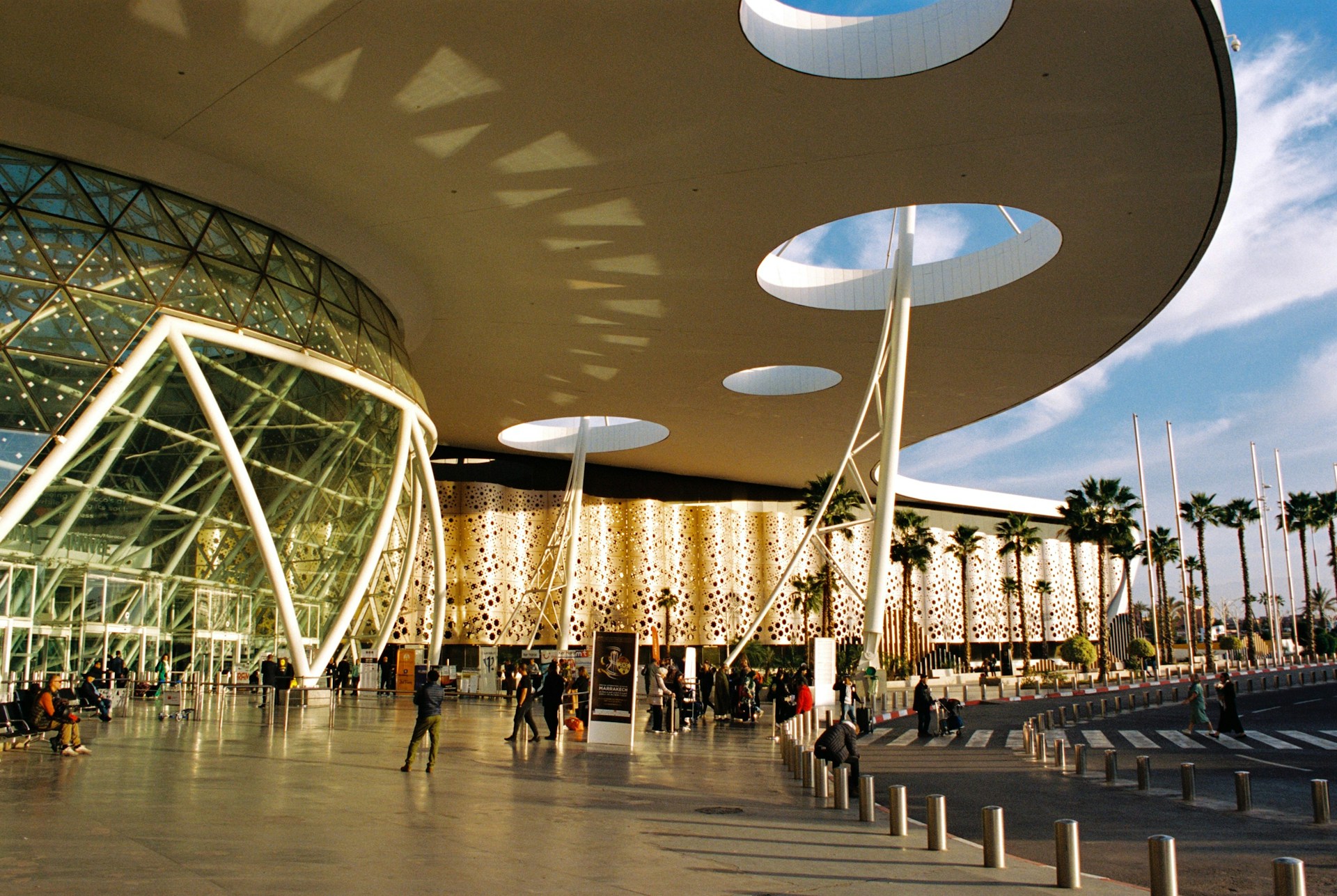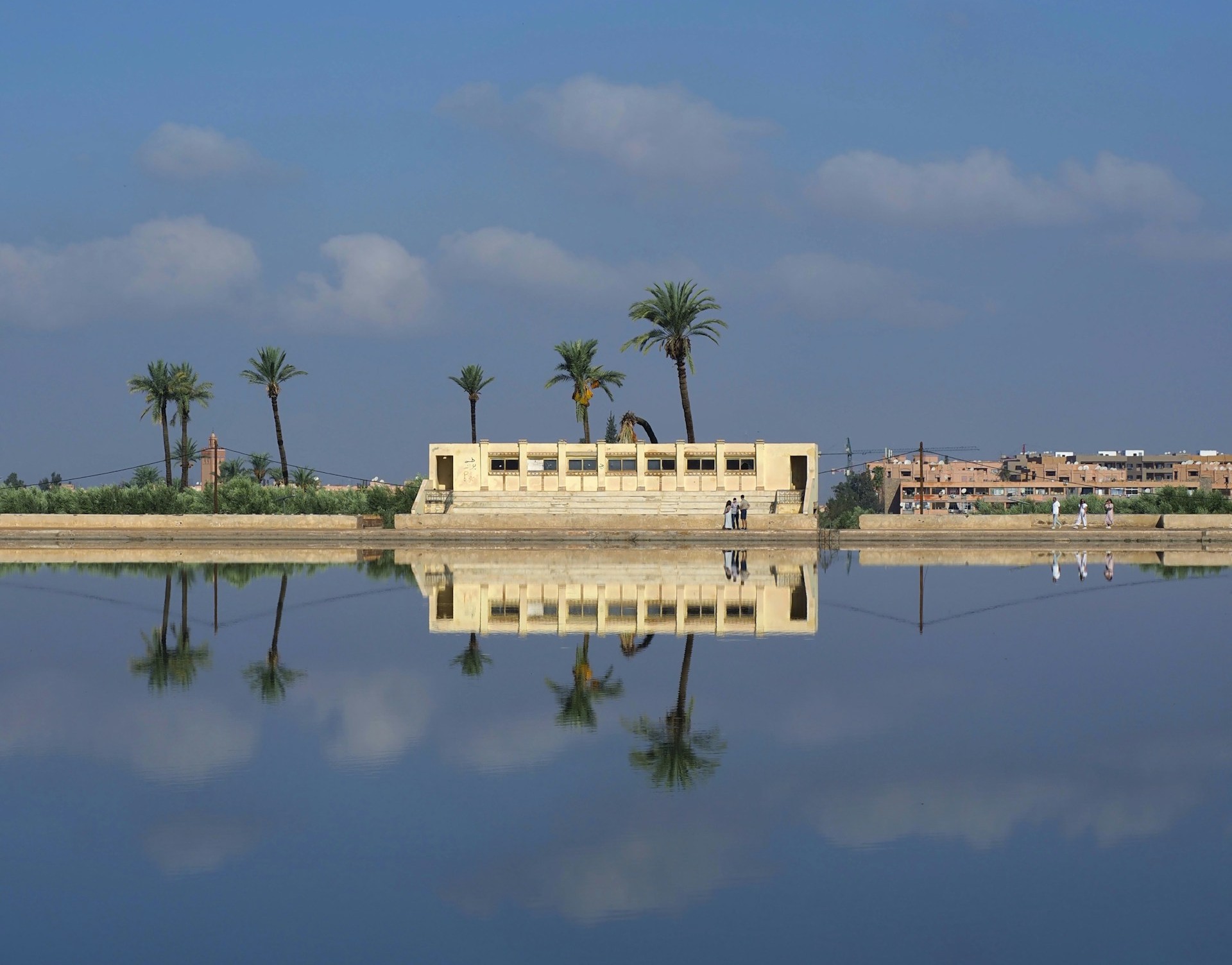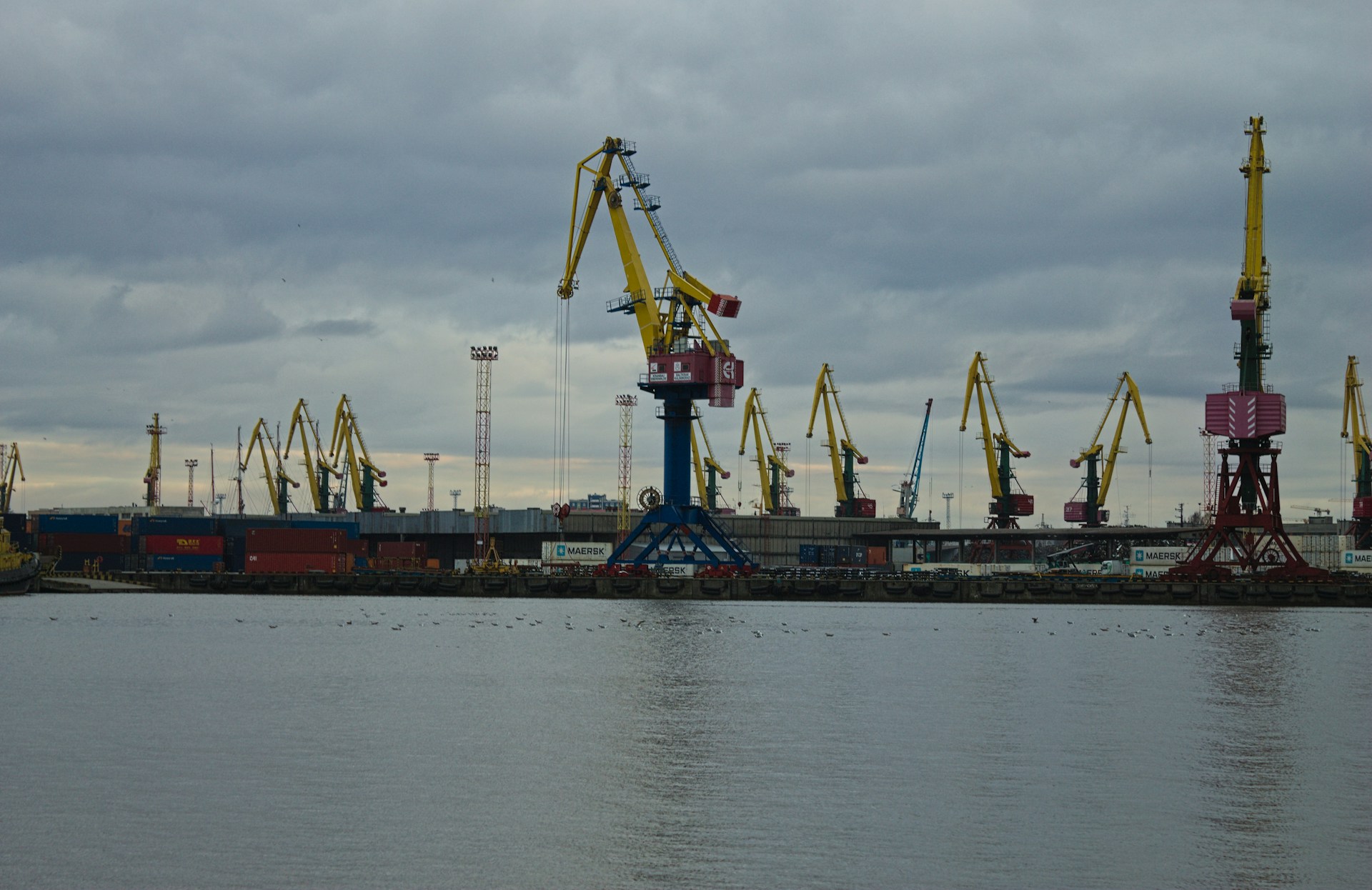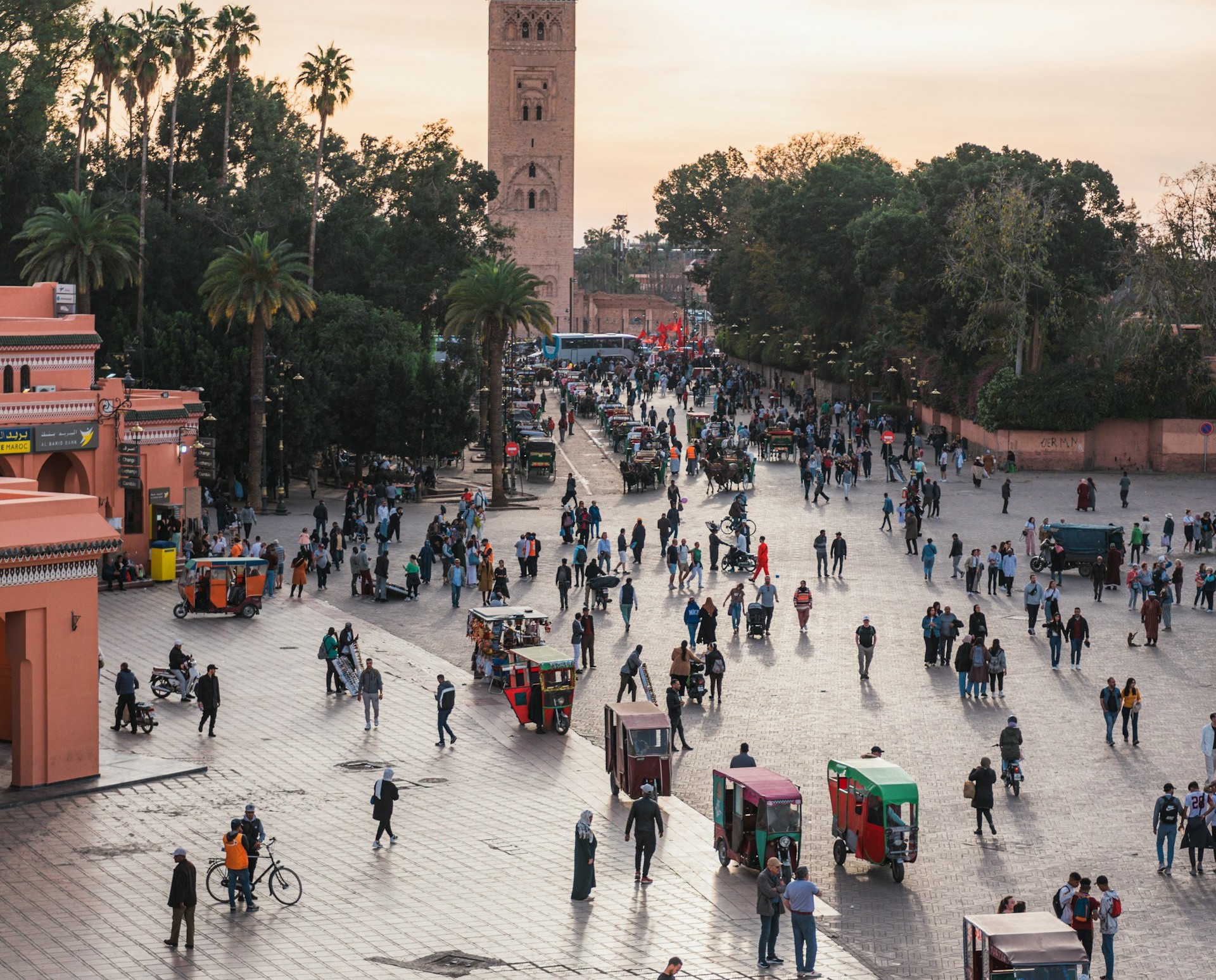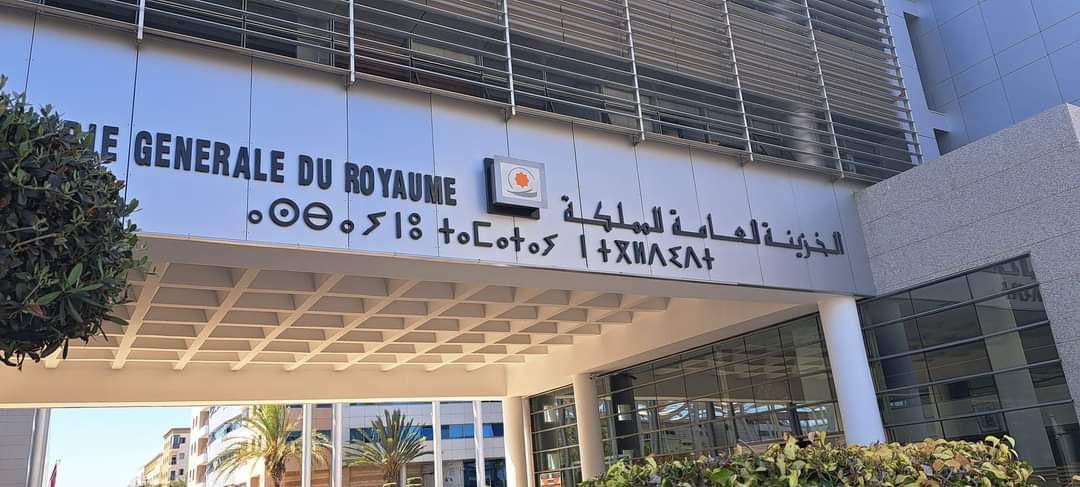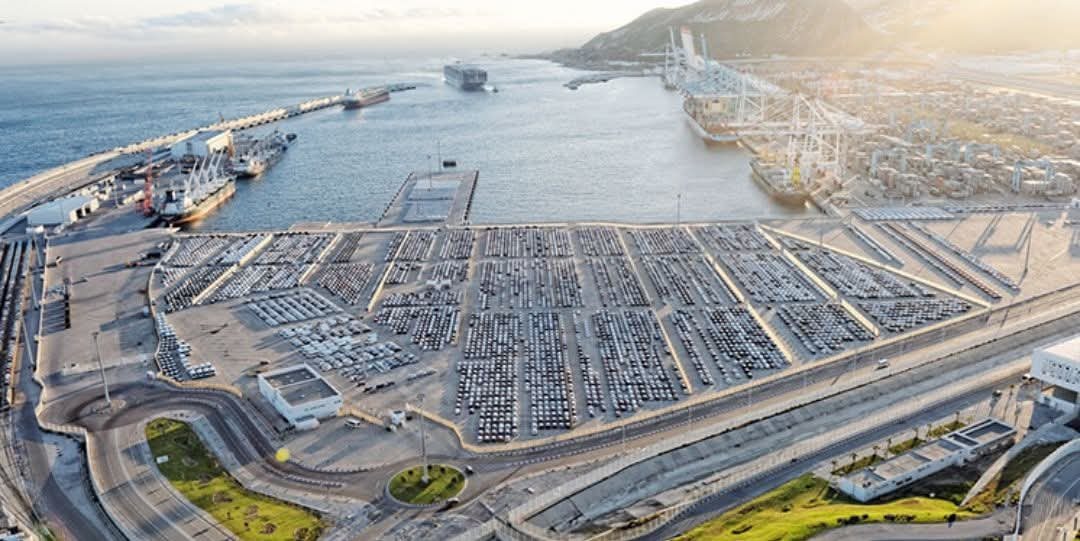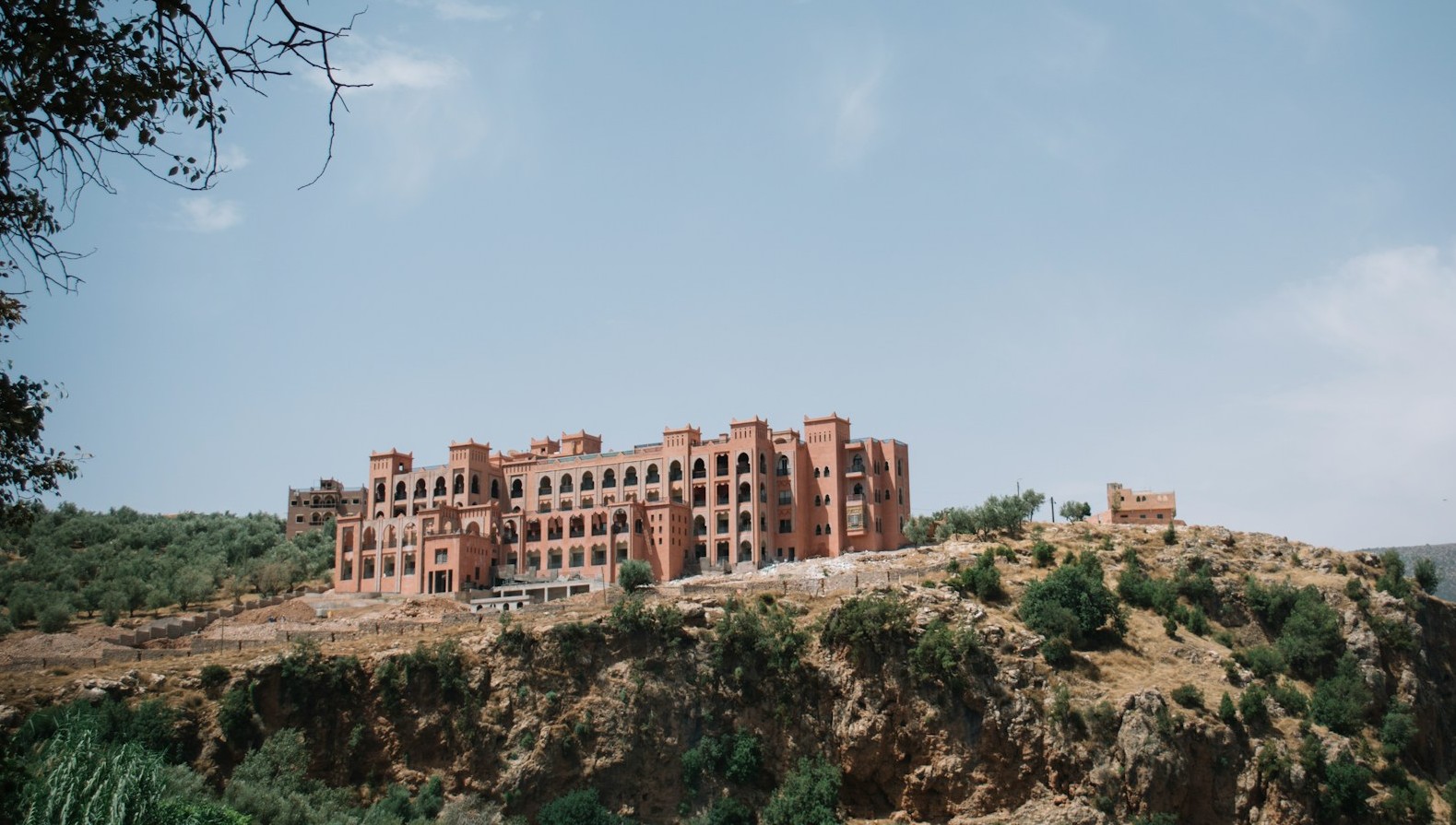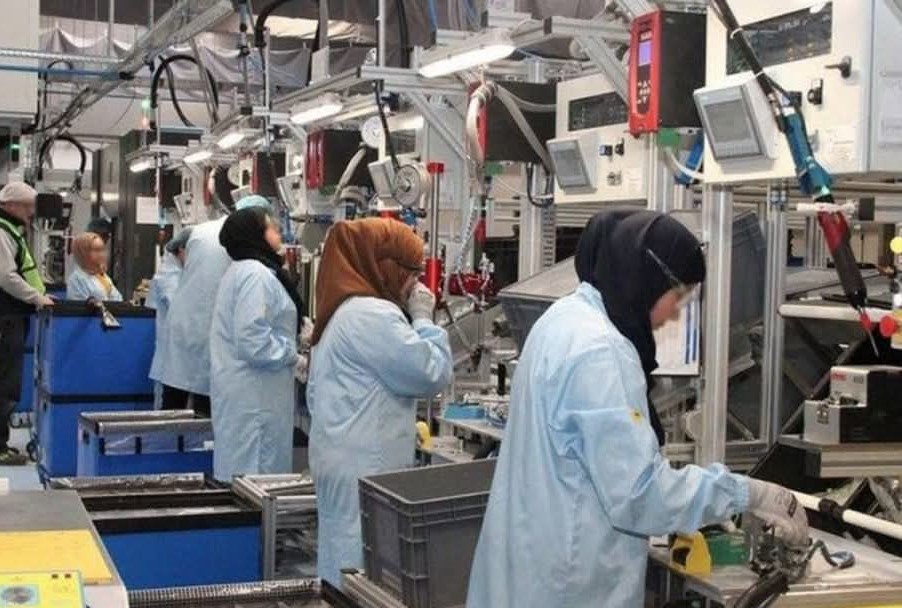Casablanca – Casablanca has officially launched construction work on a new passenger terminal at Mohammed V International Airport, marking a significant step in Morocco’s ongoing efforts to modernize its air transport infrastructure. The new facility, which represents a major component of the country’s “Airports 2030” strategic plan, carries a total investment of approximately $1.55 billion.
The National Airports Office (ONDA) announced the start of earthworks, a foundational phase of the project that signals the transition from planning to execution. The work has been awarded to Moroccan construction firm STAM, following a competitive public tender. The earthworks are scheduled to be completed over a period of eight months, laying the groundwork for full-scale construction of the terminal building, which is expected to be operational by 2029.
Capacity expansion and strategic objectives
The new terminal is designed to add capacity for 20 million additional passengers annually, raising the total handling capacity of Mohammed V Airport to 35 million passengers per year. This increase reflects Morocco’s growing demand for both international and domestic air travel, driven by tourism, business travel, and the country’s expanding global connectivity.
The terminal will play a central role in positioning Casablanca as a key intercontinental hub, strategically linking Europe, Africa, and the Americas. It will also support the continued development of Royal Air Maroc, Morocco’s national carrier, as it expands its global footprint.
The project aligns with ONDA’s long-term vision to prepare the country’s airport infrastructure for projected passenger growth through 2030 and beyond. According to ONDA, the new terminal is not only an expansion in size but a step forward in terms of technological sophistication, sustainability, and traveler experience.
Design and international expertise
The design of the terminal is the result of several months of architectural and technical studies led by a global consortium that includes Ala Concept, RSHP Architects, and Egis Bâtiments International. These firms bring experience from landmark airport projects in London, Madrid, and Geneva, and have been tasked with ensuring that the Casablanca terminal meets the highest international standards.
Planned as a next-generation terminal, the facility will offer a streamlined, digital passenger journey, integrated with advanced energy efficiency systems and climate-resilient infrastructure. The terminal will also be equipped with smart systems to enhance operational efficiency and passenger satisfaction.
A particularly notable feature will be the integration of a high-speed train (TGV) station directly into the terminal. Once operational, the TGV service will connect the airport to Rabat in approximately 30 minutes and to Marrakech in under an hour, significantly improving ground transportation links between major urban centers and the country’s primary air gateway.
Procurement and contractor selection
Prior to launching construction, ONDA issued an Expression of Interest (EOI) to prequalify the most capable contractors for this complex undertaking. This process closed in late May 2025 and attracted proposals from 27 consortiums, both Moroccan and international, all with proven expertise in large-scale airport infrastructure projects.
The formal bidding process for the terminal’s main construction contract began in July 2025, with a final decision expected before the end of the year. ONDA has emphasized that only firms meeting strict technical and financial criteria will be considered to ensure high-quality execution.
A strategic project ahead of the 2030 World Cup
The launch of the new terminal comes as Morocco prepares to co-host the 2030 FIFA World Cup, an event that is expected to draw substantial international traffic. Authorities see the upgraded Casablanca airport as a critical asset in welcoming global visitors and demonstrating the country’s readiness to host large-scale international events.
ONDA officials have framed the project as a “flagship initiative” within the “Airports 2030” strategy, which aims to create a resilient, modern, and highly connected airport network throughout Morocco. The initiative underscores the government’s broader ambition to strengthen Morocco’s position as a regional transportation and economic hub.
Once completed, the new terminal is expected to significantly enhance Casablanca’s international profile and support Morocco’s economic growth, tourism objectives, and global competitiveness.
